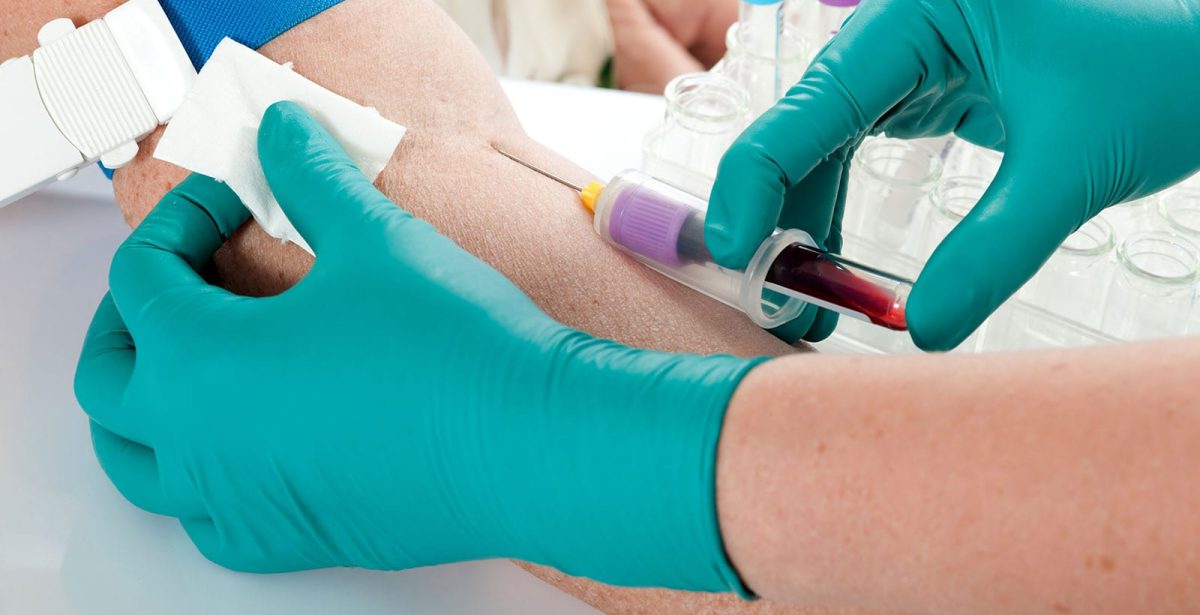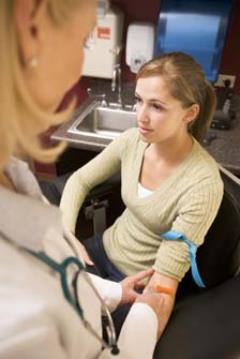Northeast Medical Institute - New Haven Campus Phlebotomy Course & Cna Class Fundamentals Explained
Northeast Medical Institute - New Haven Campus Phlebotomy Course & Cna Class Fundamentals Explained
Blog Article
Northeast Medical Institute - New Haven Campus Phlebotomy Course & Cna Class - The Facts
Table of ContentsThe Main Principles Of Northeast Medical Institute - New Haven Campus Phlebotomy Course & Cna Class The smart Trick of Northeast Medical Institute - New Haven Campus Phlebotomy Course & Cna Class That Nobody is DiscussingSome Of Northeast Medical Institute - New Haven Campus Phlebotomy Course & Cna ClassAll about Northeast Medical Institute - New Haven Campus Phlebotomy Course & Cna ClassNortheast Medical Institute - New Haven Campus Phlebotomy Course & Cna Class for DummiesNortheast Medical Institute - New Haven Campus Phlebotomy Course & Cna Class Can Be Fun For Everyone
However, using such tools must be gone along with by various other infection prevention and control techniques, and training in their use. Not all safety and security devices are applicable to phlebotomy. Before choosing a safety-engineered tool, users should completely check out readily available devices to identify their appropriate use, compatibility with existing phlebotomy methods, and efficiency in securing team and patients (12, 33).For setups with reduced sources, cost is a motoring element in procurement of safety-engineered gadgets. Where safety-engineered gadgets are not readily available, proficient use of a needle and syringe is acceptable.
Among the vital markers of high quality of treatment in phlebotomy is the involvement and teamwork of the client; this is equally useful to both the health worker and the person. Clear information either composed or spoken ought to be readily available to each person that undergoes phlebotomy. Annex F supplies example message for discussing the blood-sampling treatment to a patient. labelling); transport problems; interpretation of results for scientific monitoring. In an outpatient department or clinic, provide a dedicated phlebotomy cubicle containing: a tidy surface area with 2 chairs (one for the phlebotomist and the other for the patient); a hand wash basin with soap, running water and paper towels; alcohol hand rub. In the blood-sampling space for an outpatient division or center, offer a comfortable reclining sofa with an arm rest.
Top Guidelines Of Northeast Medical Institute - New Haven Campus Phlebotomy Course & Cna Class
Make certain that the indicators for blood tasting are plainly specified, either in a written method or in recorded directions (e.g. in a laboratory type). Gather all the tools required for the treatment and area it within safe and simple reach on a tray or cart, ensuring that all the items are clearly visible.
Where the patient is adult and aware, comply with the actions outlined listed below. Present on your own to the individual, and ask the client to specify their complete name. Check that the research laboratory type matches the client's identity (i.e. match the individual's details with the lab kind, to make certain accurate identification). Ask whether the patent has allergic reactions, anxieties or has actually ever fainted throughout previous shots or blood draws.
Make the person comfy in a supine position (if possible). The person has a right to decline an examination at any type of time prior to the blood sampling, so it is essential to make certain that the individual has actually understood the treatment - PCT Courses.
Northeast Medical Institute - New Haven Campus Phlebotomy Course & Cna Class Things To Know Before You Buy
Extend the person's arm and inspect the antecubital fossa or lower arm. Situate a vein of a great size that is visible, straight and clear.
DO NOT put the needle where capillaries are drawing away, because this raises the opportunity of a haematoma. The vein must show up without applying the tourniquet. Situating the capillary will help in identifying the correct size of needle. Apply the tourniquet regarding 45 finger sizes above the venepuncture site and re-examine the capillary.
Haemolysis, contamination and existence of intravenous fluid and medicine can all change the results (39. Nursing staff and medical professionals may access central venous lines for samplings following protocols. Specimens from main lines bring a risk of contamination read here or wrong lab test results. It is acceptable, however not perfect, to injure specimens when initial introducing an in-dwelling venous tool, before attaching the cannula to the intravenous fluids.
The Basic Principles Of Northeast Medical Institute - New Haven Campus Phlebotomy Course & Cna Class
Failing to permit adequate call time raises the threat of contamination. DO NOT touch the cleansed website; in certain, DO NOT place a finger over the blood vessel to assist the shaft of the subjected needle.
Ask the client to create a clenched fist so the capillaries are more popular. Get in the capillary quickly at a 30 level angle or much less, and continue to introduce the needle along the vein at the easiest angle of entry - CNA Training. As soon as adequate blood has been collected, release the tourniquet BEFORE taking out the needle
The Northeast Medical Institute - New Haven Campus Phlebotomy Course & Cna Class PDFs
Withdraw the needle delicately and apply mild pressure to the website with a tidy gauze or completely dry cotton-wool ball. Ask the patient to hold the gauze or cotton woollen in position, with the arm extended and raised. Ask the client NOT to flex the arm, since doing so causes a haematoma.

How Northeast Medical Institute - New Haven Campus Phlebotomy Course & Cna Class can Save You Time, Stress, and Money.
Where feasible, maintain the tubes in a rack and move the shelf in the direction of you - https://dzone.com/users/5164574/northeastmed.html. If the example tube does not have a rubber stopper, infuse exceptionally gradually right into the tube as lessening the pressure and rate utilized to transfer the sampling lowers the danger of haemolysis.

Report this page